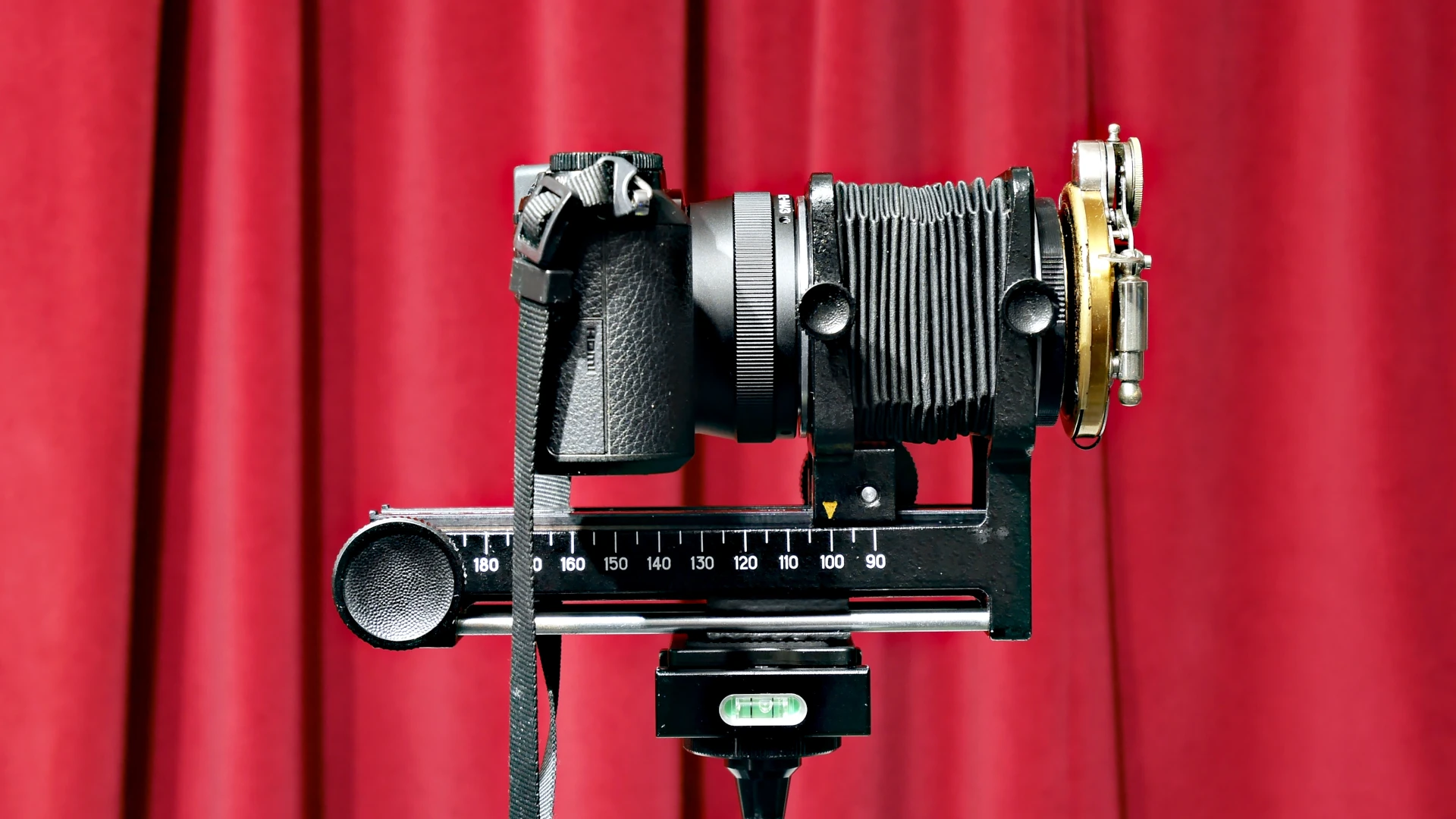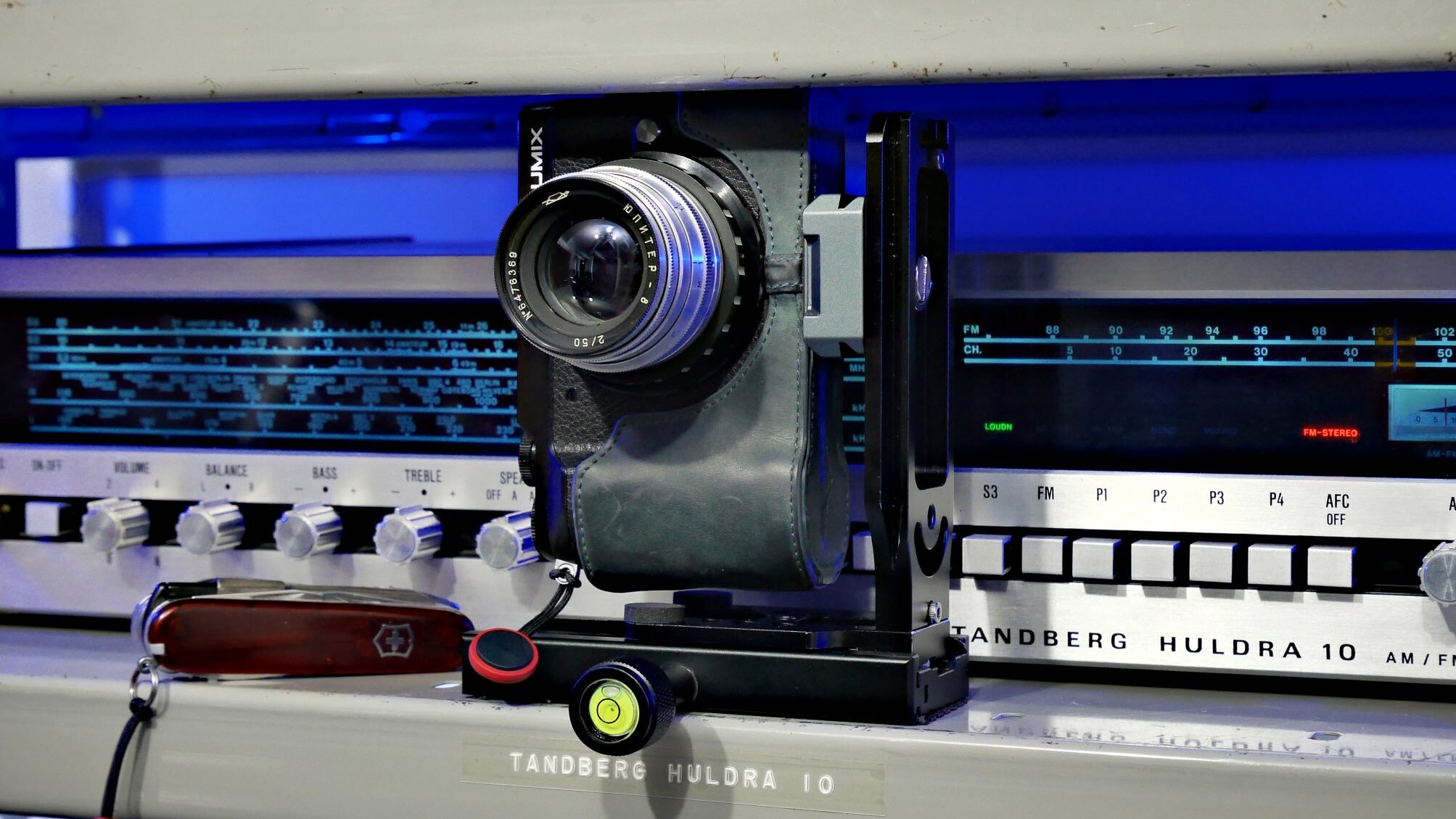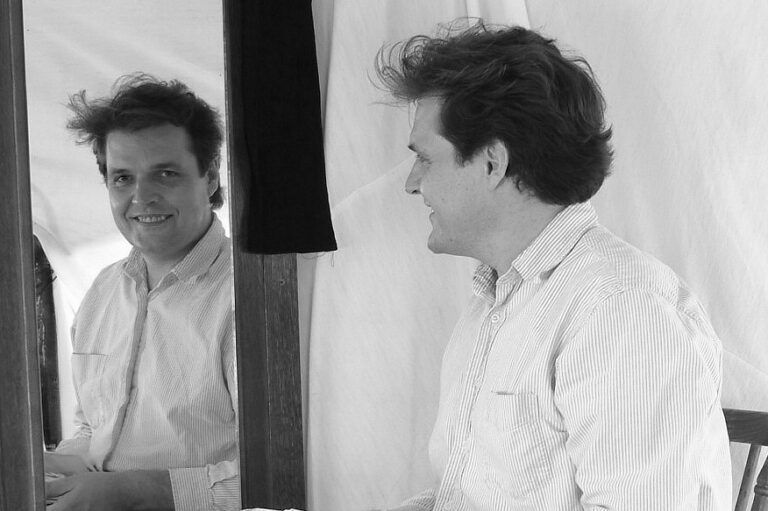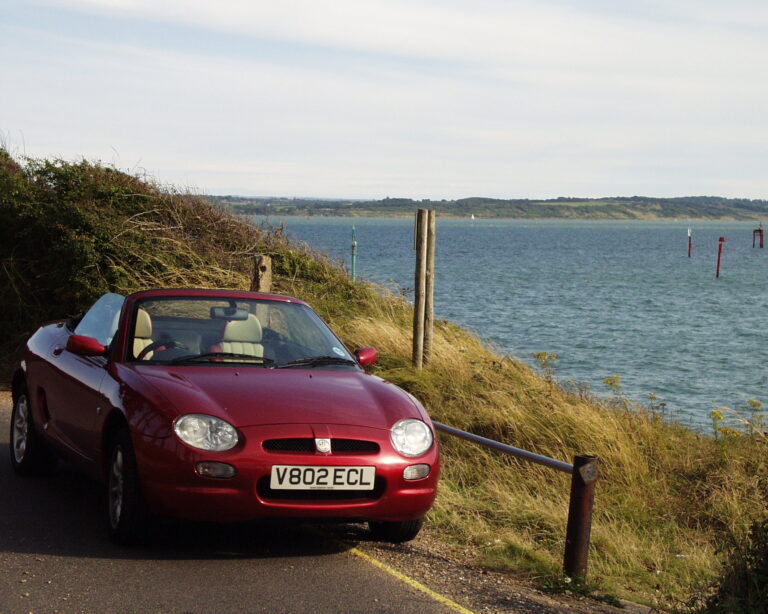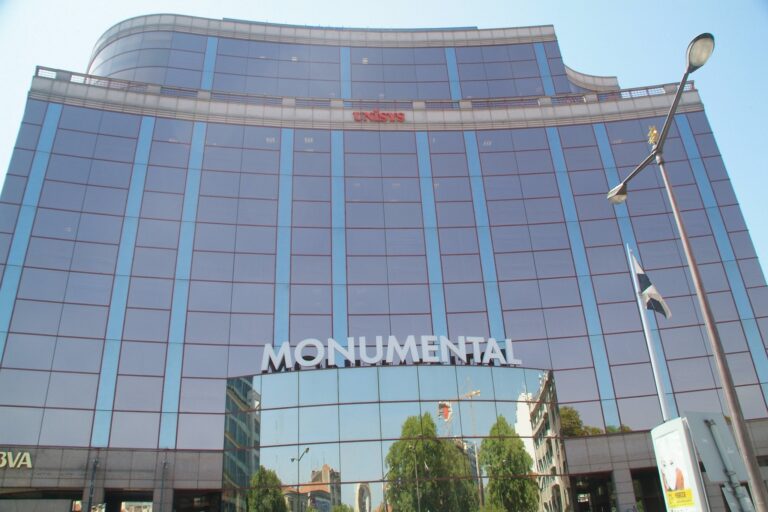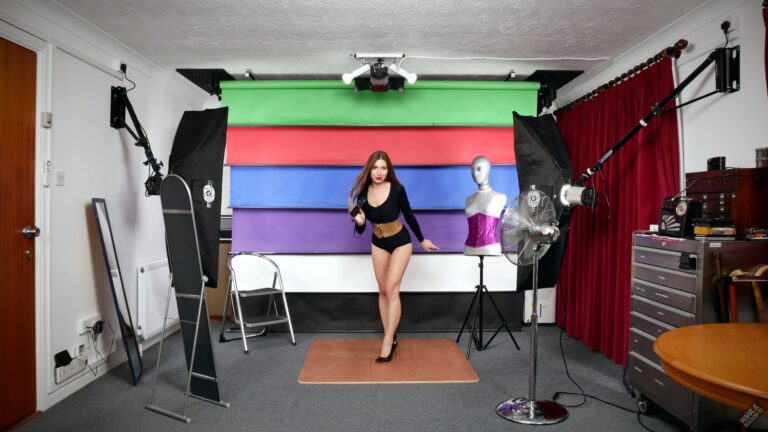Why I still quite like Micro Four Thirds
About a decade ago, I decided to go “mirrorless” – basically abandoning my heavy old Pentax DSLR and going for a system camera that is smaller and lighter. At the time I considered the new Fuji mirrorless offerings and micro four thirds. Problem was that at the time Fuji raw files would not work in open source software, whereas the raws from µ4/3 would.
So I treated in February 2015, I treated myself to a Lumix DMC-GX7. Despite the shortcomings of the smaller sensor, I really like µ4/3 format. So much so that last year I bought a “low mileage” DMC-GX80, to keep it company. Though, to be clear, I have no sense of brand loyalty and I’d be perfectly happy with an Olympus at the same sort of price. On their own, these tiny bodies weigh around 470 grams or a bit over 530 grams with a 12-23mm or 20mm Lumix lens. And I love that “Swiss watch” feel of precision.
In addition to a few AF µ4/3 lenses, I have acquired quite a large and diverse collection of vintage MF glass. Vintage glass works remarkably well on µ4/3. The smaller sensor means that you are effectively carving the good part of the image out of the middle of the lens. And because it’s an open(ish) format, the adaptors are dirt cheap too.
Whilst I still get the very occasional paid job, I am essentially an enthusiastic amateur. These things have brought back an almost child-like joy and fascination for photography – bringing-out what my wife describes as my “inner six-year-old“.
A few snaps of my various larkings-about…
The smaller sensor effectively doubles the focal length of your lens (sensor sizes of 17.3 mm x 13 mm as opposed to 36 mm x 24 mm). So the 1000 mm MTO catadioptric pictured below behaves approximately like a 2000 mm would on 135 format…
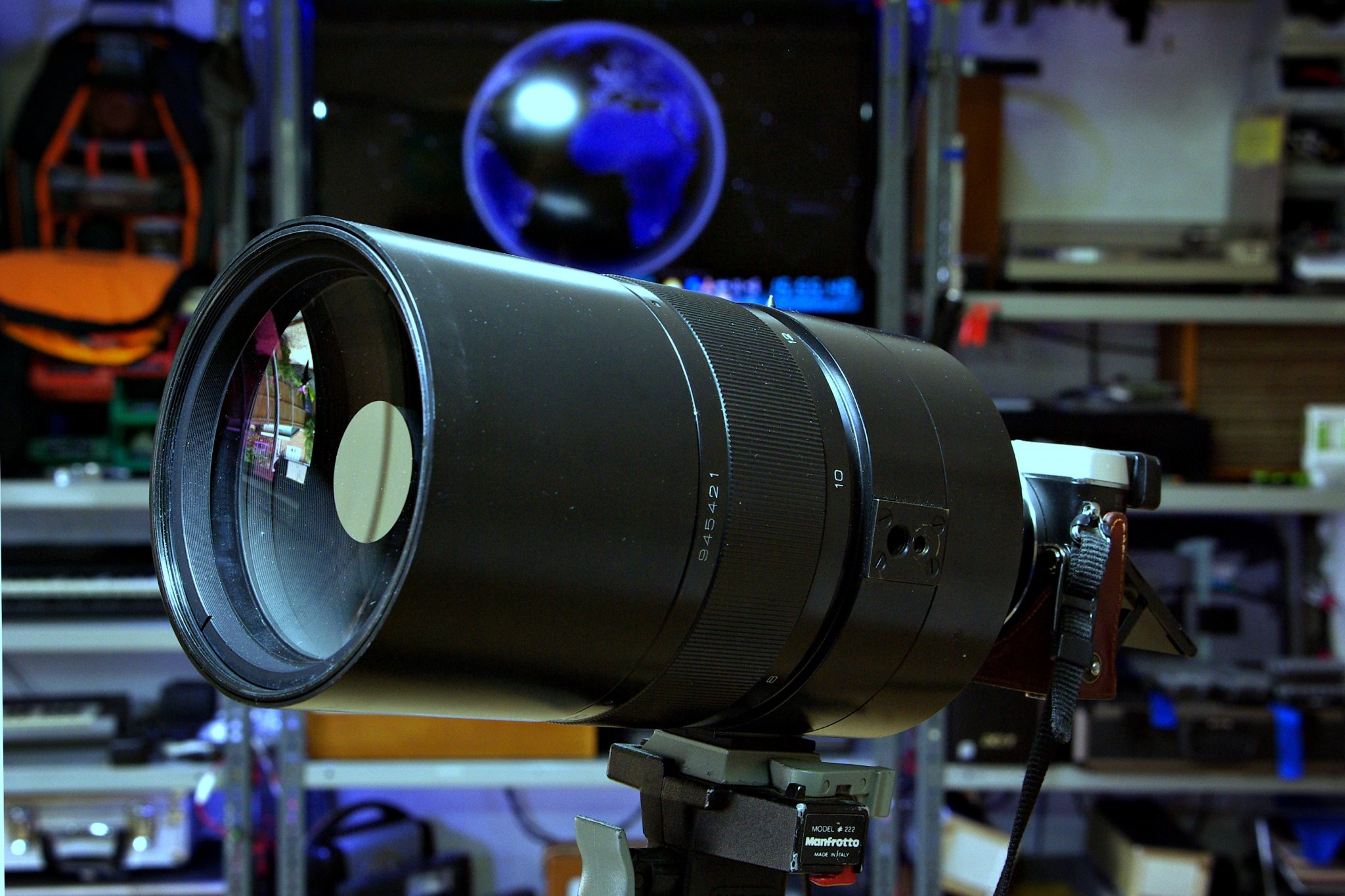
The bodies are light enough to bolt on to a walking stick…

They are also light enough to hang out of a microscope eye-piece…
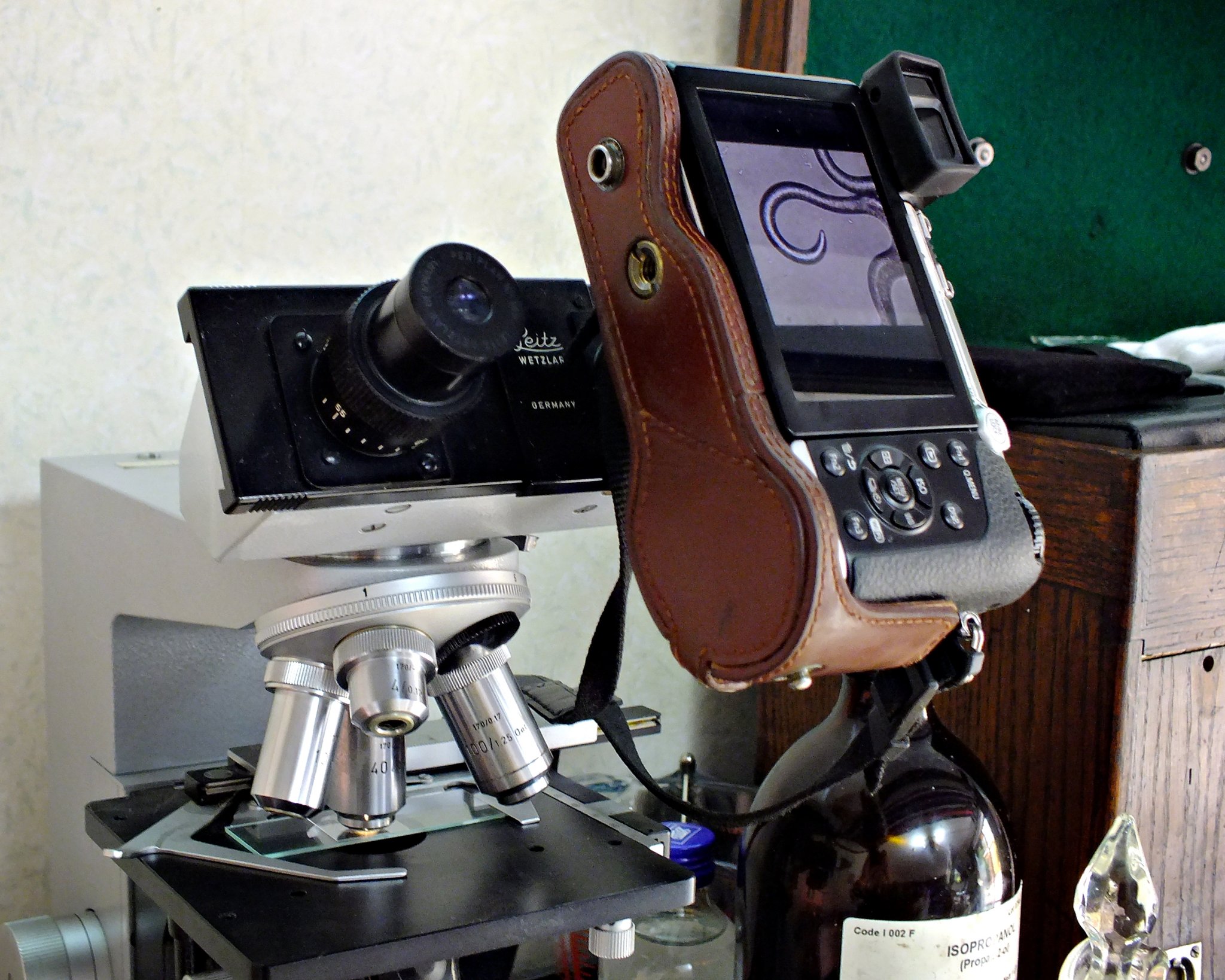
Bolt an old macro bellows on the front and you can mount and deploy some really old glass, such as this Bausch & Lomb + Beck 4 inch (102mm) folding-camera lens, made circa 1890…
